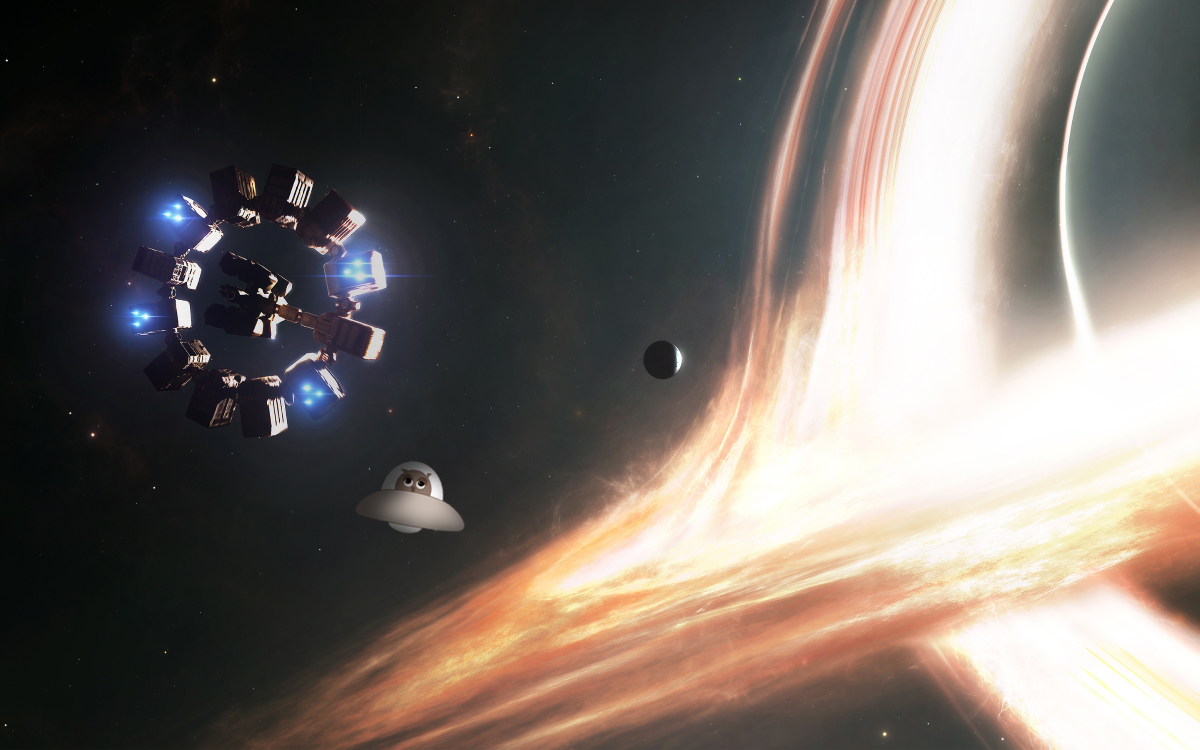Wise Rating 88%
Review Date: 2016

This is Director Christopher Nolan’s “2001.” It invites comparisons to Stanley Kubrick’s 1968 movie because both are very serious epic films about space exploration, and both are among the very few films that take the “science” part of science fiction seriously. But if you thought that “2001” was obtuse and incomprehensible, as many moviegoers did, don’t be put off by the comparison with “Interstellar,” which is very much more accessible to viewers.
In “2001,” the characters were ciphers and meaningfully so; in that movie, humans have become dehumanized by technology, which ultimately threatens our very existence and identity. In “Interstellar,” technology is not at all the issue, allowing fully developed humans to cohabitate with high tech, meaning that this movie gives us multi-faceted characters that we can connect to and engage with.
And also unlike “2001,” which was concerned with the grand themes of the evolution of man and technology, “Interstellar” is concerned with one thing and one thing only: interstellar space travel, just as the title says.
And whereas “2001” made the story secondary to its exploration of themes, “Interstellar” puts its story front and center: A former NASA pilot embarks on a mission to save the human race from global environmental catastrophe by traveling to a star system that might be capable of sustaining human life. The catch: traveling fast enough to reach a star system does things to time, and this movie takes relativity very seriously.
It’s a beautiful movie that truly delivers the awe and excitement of exploring new worlds. Although it spends a tad too much time on the preface to the mission, which takes place on the struggling Earth, “Interstellar” really makes you feel like you’re traveling to those other stars, with all the thrills and dangers that such a trip would entail. I saw the movie on IMAX in the theater, bought a streaming version of it, and could see it again and again, because ever since I was a kid growing up in the Apollo era, I’ve been a sucker for the whole “exploring new worlds” thing.
If you’d like to visit the nearest star system, don’t wait until who knows when. Take this trip.
Extras:
- What’s up that the streaming version of the movie doesn’t include the IMAX formatting in the IMAX-filmed scenes? In my Blu-Ray of “The Dark Knight,” another Christopher Nolan film, the standard 2:35:1 aspect ratio turns into 16:9 for the IMAX-filmed sequences, which simulates what happens when you see the movie on an IMAX screen in the theater. However, in the streaming version of “Interstellar,” the entire movie is in 2:35:1, which means that the most critical scenes, filmed in IMAX, do not fill up my 16:9 screen as I hoped they would. Blast it.
- I wish Hollywood would stop making films in 2:35:1 and make them in 16:9. Hollywood isn’t making the movie bigger for us by making it 2:25:1; they’re actually making it smaller. We don’t really notice any improvement by making the screens wider in the theaters; bigger screens (as in IMAX), yes, but not necessarily wider. But there’s a huge improvement when I see a movie 16:9 and have it fill my screen. TV programs, filmed 16:9 these days, look better in a home theater than actual movies. Come on, Hollywood, go back to 16:9.

“Interstellar” (2014)